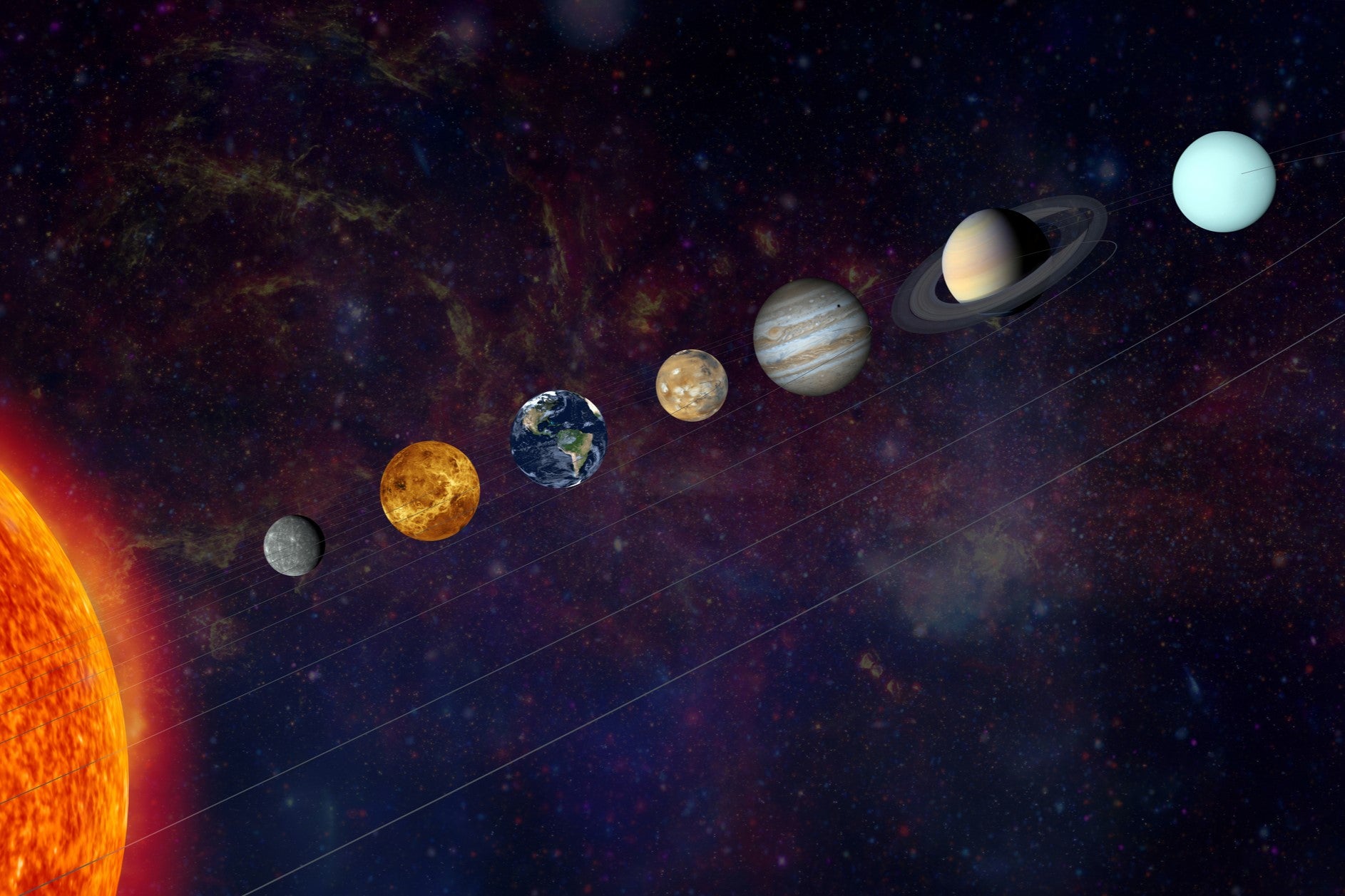Six planets will align tonight in rare ‘planetary parade’
Nasa says an even better planetary alignment will take place later in June

Your support helps us to tell the story
From reproductive rights to climate change to Big Tech, The Independent is on the ground when the story is developing. Whether it's investigating the financials of Elon Musk's pro-Trump PAC or producing our latest documentary, 'The A Word', which shines a light on the American women fighting for reproductive rights, we know how important it is to parse out the facts from the messaging.
At such a critical moment in US history, we need reporters on the ground. Your donation allows us to keep sending journalists to speak to both sides of the story.
The Independent is trusted by Americans across the entire political spectrum. And unlike many other quality news outlets, we choose not to lock Americans out of our reporting and analysis with paywalls. We believe quality journalism should be available to everyone, paid for by those who can afford it.
Your support makes all the difference.Six planets will appear to align in the night’s sky this week as part of a rare celestial spectacle, although not all of them will be visible.
Mercury, Mars, Jupiter, Saturn, Uranus and Neptune will form a straight line in the night sky on 3 June and 4 June, with part of the so-called planetary parade set to be hidden behind the horizon.
The best time to view the planetary alignment will be around an hour before sunrise, which will take place between 4.30 and 5am in the UK.
Mars and Saturn will be the easiest to spot with the naked eye, with the Red Planet giving off a reddish tint and Saturn appearing more yellowish-white.
The best way to see the other visible planets is with a telescope or binoculars, provided that the weather is clear and there is not too much light pollution.
A stargazing app, such as Sky Tonight or Star Walk 2, could also identify the planets and point to where they are positioned in the sky.
Nasa noted that Jupiter and Mercury will both be too close to the horizon to fully see the six planet lineup.
“Only two of the six planets supposedly on display (Saturn and Mars) will actually be visible,” the US space agency wrote in a blog post listing night sky events in June.
“In early June, Jupiter and Mercury will be at or below the horizon in morning twilight and not visible; Uranus and Neptune are far too faint to see without a telescope, especially as the morning sky brightens. The closest thing to a planet parade will be 29 June, when Saturn, the Moon, Mars, and Jupiter will line up across the morning sky.”
Join our commenting forum
Join thought-provoking conversations, follow other Independent readers and see their replies
Comments